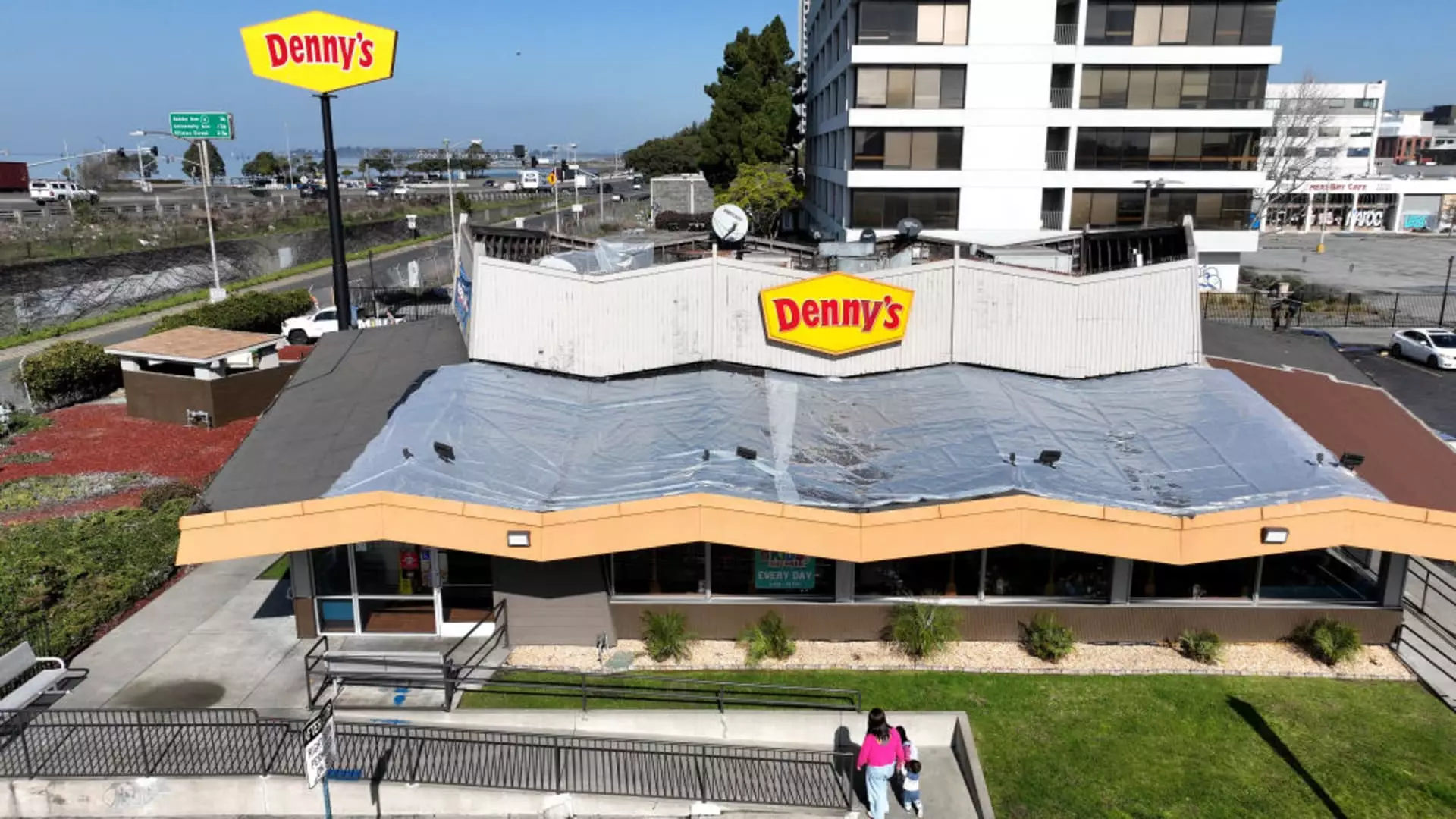The restaurant industry has faced an uphill battle in 2024, revealing vulnerabilities that have led to widespread closures and a surge in bankruptcies. This turmoil comes on the heels of persistent inflation, which significantly curtailed consumers’ willingness to dine out. As customers tightened their budgets, the industry, particularly casual dining chains, grappled with decreasing patronage and economic pressures that reshaped their operational strategies.
Consumer Behaviors Shift Amid Economic Strain
A critical shift in consumer behavior has been a significant factor shaping the restaurant landscape in 2024. With rising costs of living due to inflation, many are opting for budget-friendly dining options over traditional casual dining establishments. Data from Black Box Intelligence indicates that overall restaurant visits have noticeably declined, reflecting a broader trend where consumers gravitate towards fast-casual brands that promise efficiency and perceived value. This shift spells trouble for once-thriving casual dining chains, which have failed to innovate or adapt to the changing preferences of their customers.
The ramifications of waning foot traffic are starkly evident in the industry’s bankruptcy figures. Nearly three times as many restaurant companies filed for Chapter 11 protection in 2024 compared to the pandemic’s peak in 2020, highlighting the fragility of the situation. The pressures faced by chains such as TGI Fridays and Red Lobster—both of which had to shutter numerous locations—underscore the challenge of staying afloat in a deteriorating economic environment. These bankruptcies do not merely signify financial losses; they reflect a broader narrative of operational dysfunction and inability to meet modern dining expectations.
As chains reevaluate their operational viability, many have announced significant closures as a strategy to refocus their business. Wendy’s is a prime example, with plans to close 140 locations by the end of the year. The decision stemmed from a targeted approach to eliminate restaurants generating low sales figures, a necessary step to streamline operations and uplift overall revenues. Such measures illustrate a pronounced trend among chains that prioritize performance metrics over maintaining a large footprint.
Applebee’s and its parent company, Dine Brands, have also faced difficulties. With six consecutive quarters of declining same-store sales, the decision to shutter 25 to 35 locations demonstrates a critical reassessment of performance in an ever-evolving market. Comparatively, Denny’s has opted to close 150 of its lower-performing locations by 2025, revealing a similar acknowledgment that business as usual is no longer tenable.
The Impacts of Fast-Casual Dominance
The ascendance of fast-casual dining—which includes successful players like Chipotle and Sweetgreen—has critically undermined traditional casual dining chains. As customers prioritize speed, affordability, and quality, concepts that once dominated the dining landscape now face the daunting challenge of competing against nimble and innovative fast-casual models. This shift has forced traditional chains to confront what could be an existential crisis if they fail to adapt to the preferences of a new generation of diners.
In the wake of these challenges, some chains remain hopeful about recovery. After exiting bankruptcy, Red Lobster aims for a turnaround without further closures, focusing on revitalizing its brand and menu to entice diners back. Similarly, Noodles & Co. has taken proactive steps by streamlining its offerings to improve financial stability. Such initiatives may create a glimmer of hope, but long-term success will depend on these chains’ abilities to engage consumers effectively and thoughtfully.
Meanwhile, companies like Bloomin’ Brands are reevaluating their existing locations, focusing on those that underperform relative to their lease costs and potential return on investment. This strategic trimming of locations emphasizes a measured approach to recovery—one that balances aspirations for growth with the realities of a competitive dining landscape.
The restaurant industry’s upheaval in 2024 has starkly exposed the underlying challenges facing many casual dining chains. As consumers shift their spending habits and preferences toward more affordable and convenient options, traditional players must reconsider their strategies to remain relevant. While closures and bankruptcies indicate a significant crisis, they also present an opportunity for those willing to adapt in pursuit of longevity and success in an increasingly competitive market. Only time will tell how effectively these chains can navigate the storm and reclaim their footing in the dining world.

Leave a Reply